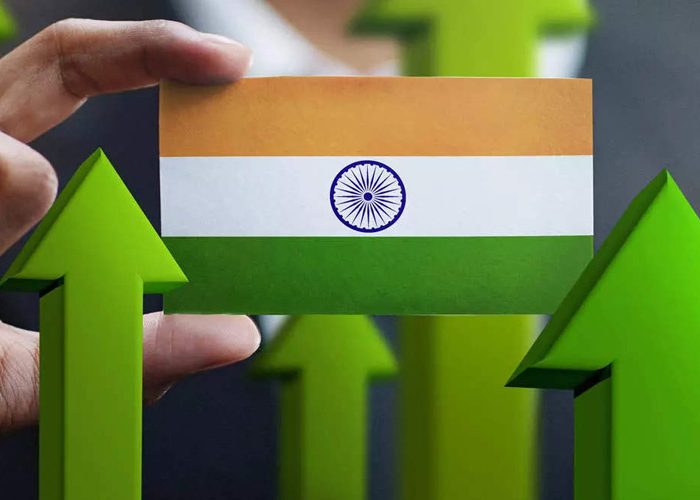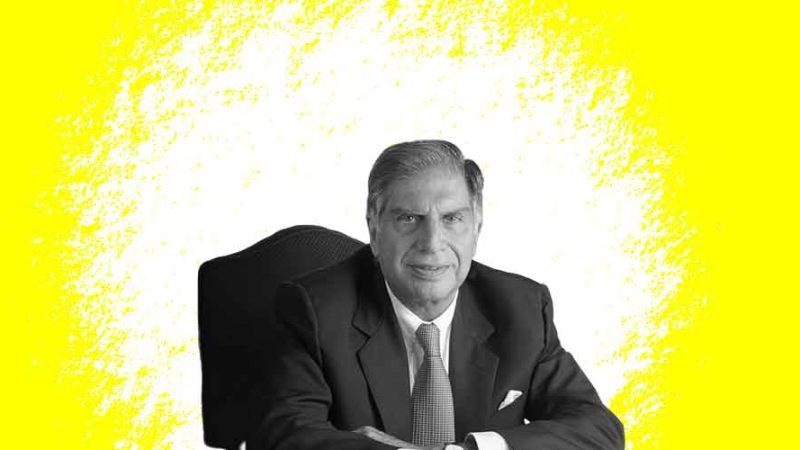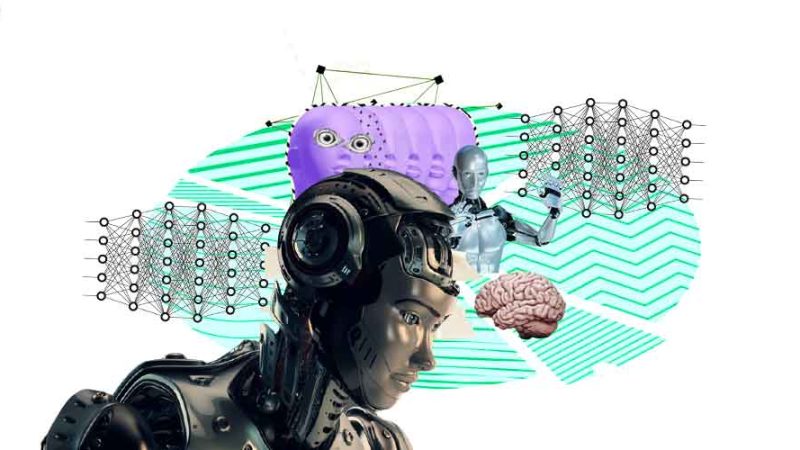
With High Inflation Turning Around, How Will India Lead the Fastest Growing Economy?
India, Asia’s third-largest economy is grappling with unemployment and inflation!
India is facing economic turmoil in the wake of the coronavirus pandemic, with many people out of work and prices rising. Economists say there is little sign of relief on the horizon. Inflation has also breached the upper tolerance level of the medium-term inflation target of 4% within a band of +/- 2% set by the Reserve Bank of India (RBI).
High inflation has come on the back of higher food and beverage prices. Data analysis shows food and beverages contributed 43% to inflation year on year and 198% month-on-month. Food inflation has jumped to a 14-month high of 5.43%, spelling a disaster for the common man. High food inflation means the buck is being passed on to the ‘aam admin and he has to sell more for food.
Explaining how other factors are impacting inflation, Rupa RegeNitsure, group chief economist at L&T Financial Holdings said, “Rise in Brent crude prices triggered by the geopolitical tensions and the depreciating rupee are fanning inflation.”
Asia’s third-largest economy is grappling with persistently high unemployment and inflation, which has been running above the top of the Reserve Bank of India’s tolerance band all year and is set to do so for the rest of 2022.
Growth this quarter is predicted to slow sharply to an annual 6.2% from a median forecast of 15.2% in Q2, supported mainly by statistical comparisons with a year ago rather than new momentum, before decelerating further to 4.5% in October-December.
The median expectation for 2022 growth was 7.2%, according to an Aug. 22-26 Reuters poll, but economists said that the solid growth rate masks how rapidly the economy was expected to slow in the coming months.
“Even as India remains the fastest-growing major economy, domestic consumption will perhaps not be strong enough to drive growth further as unemployment remains high and real wages are at a record low level,” said Kunal Kundu, India economist at SocieteGenerale.
Meanwhile, the RBI, a relative laggard in the global tightening cycle, is set to raise its key repo rate by another 60 basis points by the end of March to try to bring inflation within the tolerance limit. That follows three interest rate rises this year totaling 140 basis points and would take the repo rate to 6.00% by end-Q1 2023.
While the central bank’s mandated target band is 2%-6%, inflation was expected to average 6.9% and 6.2% this quarter and next, respectively, before falling just below the top end of the range to 5.8% in Q1 2023. That is roughly in line with the central bank’s projection.
“Despite signs of a cool-off in price pressures … it is premature to go easy on the inflation fight given considerable uncertainties from geopolitical risks and hard landing risks in major economies,” said Radhika Rao, senior economist at DBS.
The economy is also enduring inflation pressure from a weak rupee, which has been trading close to 80 to the U.S. dollar for months, a level the central bank has been defending in currency markets by selling dollar reserves.
India may have recorded double-digit solid economic growth in the last quarter but economists, polled by Reuters, expected the pace to more than halve this quarter and slow further toward the end of the year as interest rates rise.
Among other things, Asia’s third-largest economy is grappling with unemployment and inflation, which has been running above the top of the Reserve Bank of India’s tolerance band all year and is set to do so for the rest of the year.
Growth this quarter is predicted to slow to an annual 6.2 percent from a median forecast of 15.2 percent in Q2, supported mainly by statistical comparisons with a year ago rather than new momentum, before decelerating further to 4.5 percent in October-December.











